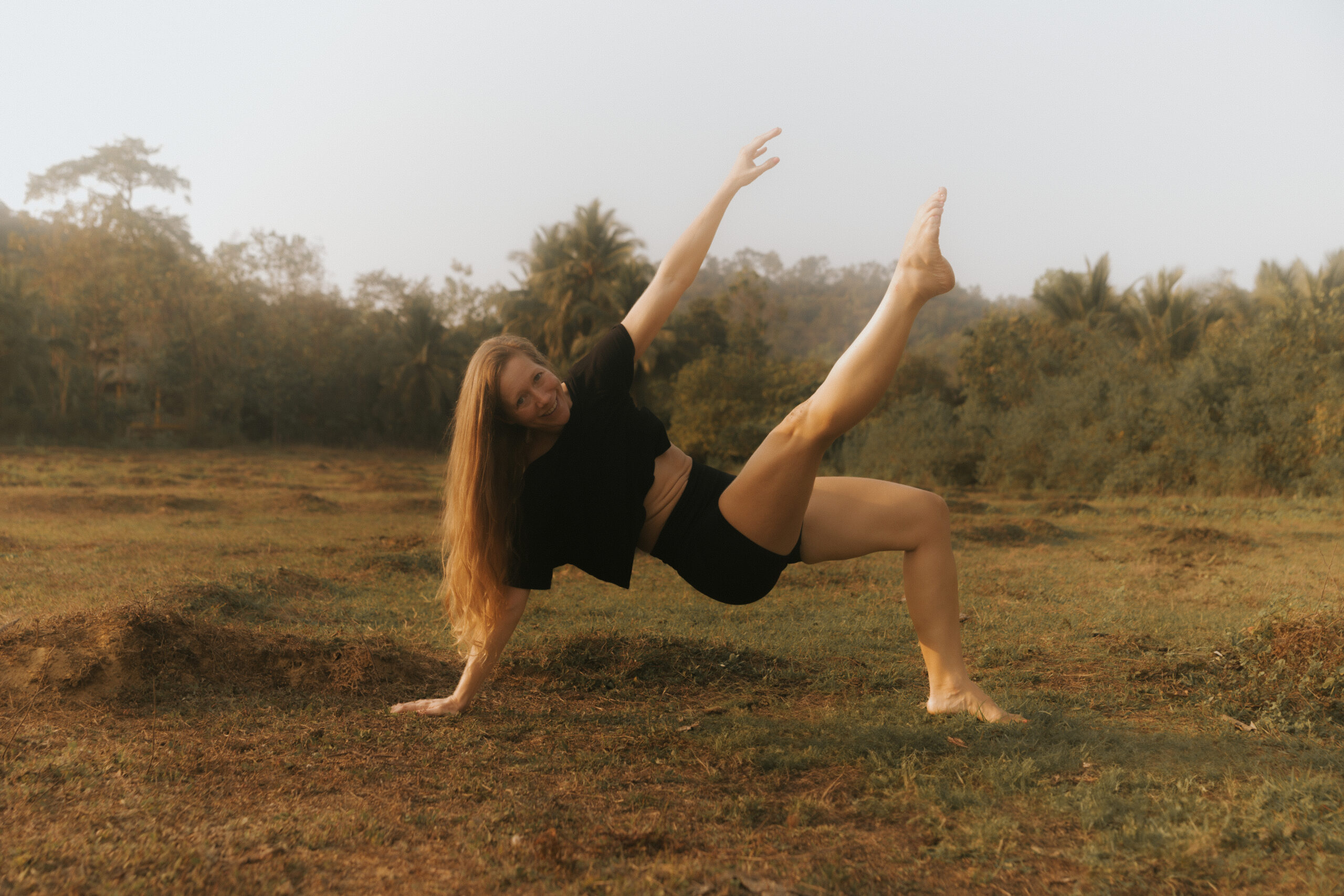Movementality is my way of optimizing my performance during work days, using the tool of my body and the way physical movements can support cognition and focus as well as providing a solid support structure for my intellectual endeavours.
Brain work, in lack of better words (I could call it intellectual work as well, but let’s not get caught up in semantics now) is something I’d like to condense into few hours every day. This is both because of my life circumstances and because I prefer to set clear boundaries between work time and family time. So when I work I want to be productive, efficient, and really feel like I’m in action mode and get things done. One way of ensuring this is by taking short, very efficient pauses throughout the day.
Efficient pauses may sound a bit counterintuitive. Aren’t pauses supposed to exist outside of the realm of efficiency and productivity, you may ask? Yes and no. For motivational purposes, or as a reward, if that’s what you need to make it through your day, pauses can be for fun, or opportunities for socialising. The kind of pauses that I promote, however, are solely constructed to, 1: boost my cognitive performance, and 2: keep my body supple and pain free. I want to be able to sit for quite many hours without catching too many negative effects of inactiveness. Hence I speak of the solid support structure of brain work. My body, that is, which, in a very concrete way, is supporting the structure of my head and my brain.
Let’s dive deeper into the science behind my pauses, starting with their first purpose, to boost cognition and creativity. So, in order to do that, what you need is for your system to, for a short period of time, engage in the exact opposite of the kind of brain work that you’re pausing from. It may look something like this:
Thinking -feeling
Remembering/planning ahead – being present
External focus – internal focus
We can accomplish this by, for instance, taking a long walk in nature. If we have the time, that is. What I do is I make sure my mind gets really caught up in sensing the inside of my body. interoception, the physical reality of being a human being, is something very different from engaging in intellectual work, of being in the realm of thinking. Its sensory, its internal, and its a training in being present right here right now.
The pause serves to broaden my focus when it has become too narrow. It takes me out of the trap of dimishing returs that we fall into by thinking too hard on something.
Also, it allows me to take advantage of my intuition. Letting the mind stay mildly focused on something rather mundane, or something that doesn’t require a lot of concentration leads to a state in which hidden unconscious knowledge often makes an appearance. The answers just pops up, Im sure you’ve experienced it, right there, when your doing something completely unrelated to whatever task or problem your trying to find a solution to. Lastly, the micro pauses serves to put me in a state of relaxed alertness. The uttermost favourable and enjoyable state from which to engage in any kind of brain work. No stress, no pressure, just calm, focused progress.
Meditation would have a similar effect, but meditation is in a way too close to normal brain work. I have done lots of meditation in my life, buddhist style, or Vipassana, where you just sit and observe: your body, its internal state, your breath, your emotions, thoughts coming up, or even external things such as sounds and the sensations of sounds in your ears. Whichever version Im doing, Im doing it sitting (or laying down) still and in that way its resembles desk work too much. So this brings us to a nice overlap with the second purpose of my micro pauses, namely to keep my body supple and pain free. Movement, and focusing the mind on the movements of the body – great for the brain stuff, aslo great for the body.
So when it comes to back pain, and tension in the neck area, tight shoulders, paining in between the shoulder blades, etc. They have been companions – and great teachers – of mine for most of my life. The most substantial insight is this: there exists no one time solution. There is no treatment, no exercise, no fix that you can do once, or a couple of times, to get rid of your back pain forever. And: increased interoception in the form of somatic awareness is the only sustainable path to healing. A specific exercise might help, but it will help a hundred times more if done with a self enquiring mindset and a desire to increase one’s self knowledge.
That being said, of course movement, or exercising, is essential. And everyone’s going to have to find the kind of movement regime that is right for them. I offer my own movement regime for back pain, one that is very much centered on increasing a functional mobility, not just in the spine but throughout the body. I have found that the qualities -suppleness – that comes with this type of movement exercises are highly beneficial for both lower back pain and tension in the rest of the body.
Are the micro pauses enough? It depends on how many you do a day… but no, my own exercise protocol also includes resistance training and cardio, paired with more extensive function mobility sessions.

